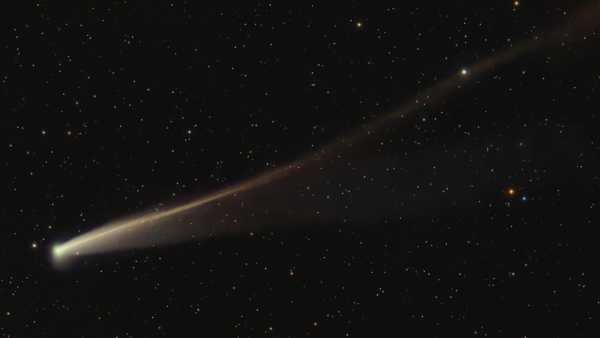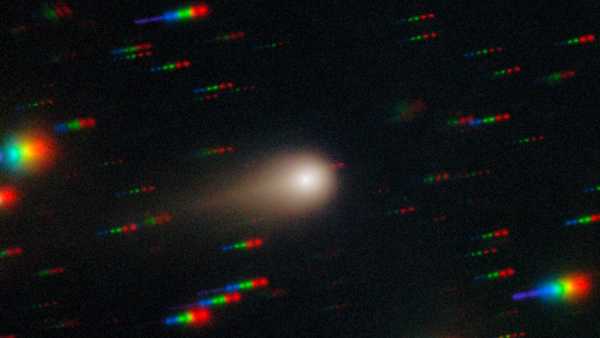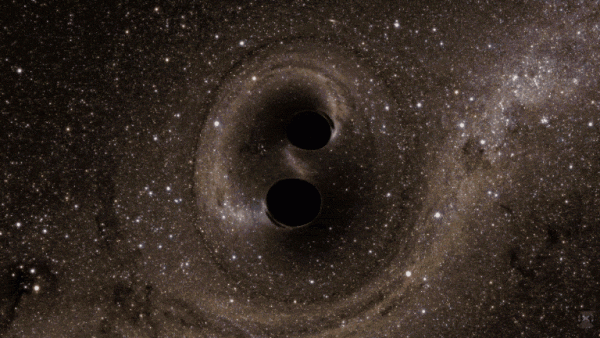
Animation of two black holes merging (Image credit: SXS)
Scientists have measured for the first time the rebound speed of a catastrophic collision between two black holes.
Gravitational waves are ripples in spacetime that were first proposed by Albert Einstein and first detected in 2015. Another discovery came in 2019, when scientists detected a gravitational wave signal resulting from the intense merger of black holes of vastly different sizes. The difference in size caused the newborn black hole to ricochet out into the universe in a phenomenon known as a “natal kick.”
Now, astronomers have decoded that gravitational wave signal, called GW190412, showing that the collision sent the newly formed black hole hurtling through space at more than 31 miles per second (50 kilometers per second) — fast enough to eject it from its original cluster of stars, the researchers reported in a study published Sept. 9 in the journal Nature Astronomy.
You may like
-
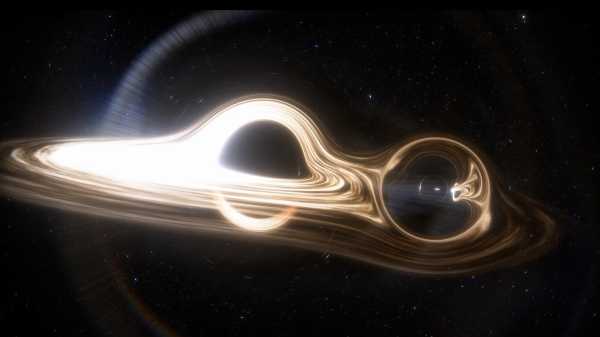
Scientists have recorded the most massive black hole merger in history – and it created a monster 225 times more massive than the Sun.
-
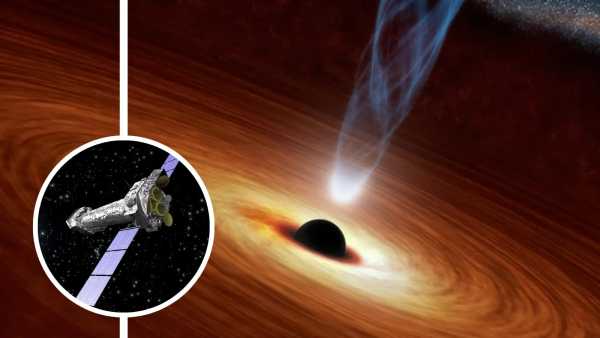
This supermassive black hole is eating too much too fast and is burping out at near-light speeds.
-
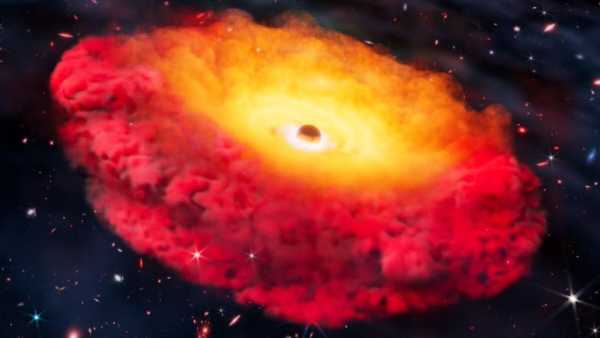
James Webb telescope finds earliest black hole in known universe, peering 'as far back in time as practical'
“This is a remarkable demonstration of what gravitational waves can do,” said study co-author Kustav Chandra, an astrophysicist at Pennsylvania State University.
Collision signals
When black holes move toward each other, they create gravitational waves. But when one black hole is much more massive than the other, the gravitational waves created look very different depending on the angle from which you look.
By looking at the object from different angles, researchers can determine the direction of the push. Then, by measuring the mass ratio and rotation speed of the two original black holes, they can determine its speed. This information can also be obtained by studying gravitational waves.
If the recoil from the collision is strong enough to eject the resulting black hole from its star cluster, it prevents the new black hole from merging with other black holes and potentially forming a supermassive black hole, which can have a mass between 100,000 and 50 billion times that of the Sun. Understanding the speed and direction of the kicks is therefore essential to tracking the formation of supermassive black holes.
In 2018, study co-author Juan Calderón Bustillo and his colleagues figured out exactly how to measure the natal kick based on these gravitational wave signals. However, their model was based on simulations, because no black hole mergers that resulted in a bounce had been observed at the time.
Then, on April 12, 2019, the Advanced LIGO detectors in Louisiana and Washington state, as well as the Virgo detector in Italy, detected that GW190412 had picked up a signal resulting from the merger of two stellar-mass black holes: one 29.7 times more massive than the Sun, and the other 8.4 times more massive.
RELATED STORIES
Scientists believe they have discovered the first known system of three black holes in the Universe and then watched it die.
— The James Webb Space Telescope discovers the earliest black hole in the known universe, looking “as far back as is practical.”
— The colossal black hole, with a mass 36 billion times greater than that of our Sun, is one of the largest ever observed in the Universe.
Even though the event occurred more than 2.4 billion light-years from Earth, the researchers used two angles relative to Earth to determine where the jolt sent the newborn black hole. It was hurtling away from its birthplace, likely a dense cluster of stars called a globular cluster, at an astonishing 111,600 miles per hour (179,600 kilometers per hour). That would be more than fast enough to escape the cluster and become a runaway black hole.
“This is one of the few phenomena in astrophysics where we don't just detect something,” Chandra said. “We reconstruct the complete three-dimensional motion of an object billions of light years away using only ripples in spacetime.”
The team's next steps will be to search for more black hole mergers to measure both gravitational waves and visible light, which could provide deeper insight into how these cosmic monsters grow.

Sophie Berdugo, Social Link Navigator, Live Science Contributor
Sophie is a UK-based staff writer for Live Science. She covers a wide range of topics, having previously covered research on everything from bonobo communication to the first water in the universe. Her work has also appeared in New Scientist, The Observer and BBC Wildlife, and her freelance work for New Scientist was shortlisted for the 2025 ASBJ Newcomer of the Year award. Before becoming a science journalist, she earned a PhD in evolutionary anthropology from Oxford University, where she spent four years studying why some chimpanzees are better at using tools than others.
You must verify your public display name before commenting.
Please log out and log back in. You will then be prompted to enter a display name.
Exit Read more
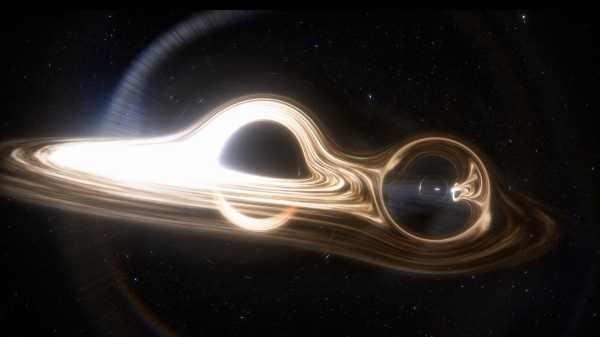
Scientists have recorded the most massive black hole merger in history – and it created a monster 225 times more massive than the Sun.
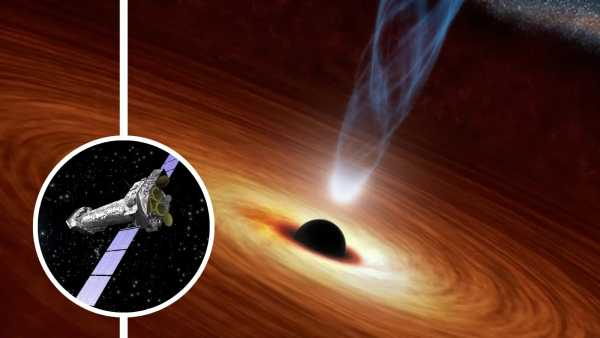
This supermassive black hole is eating too much too fast and is burping out at near-light speeds.
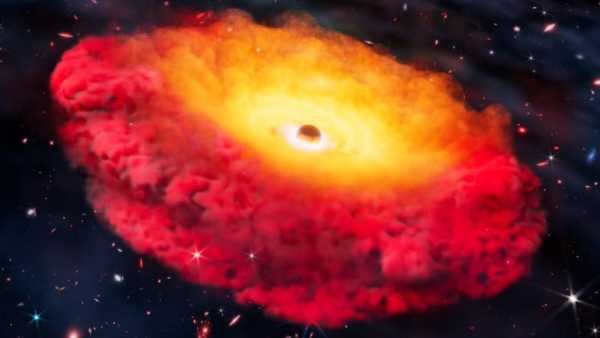
James Webb telescope finds earliest black hole in known universe, peering 'as far back in time as practical'
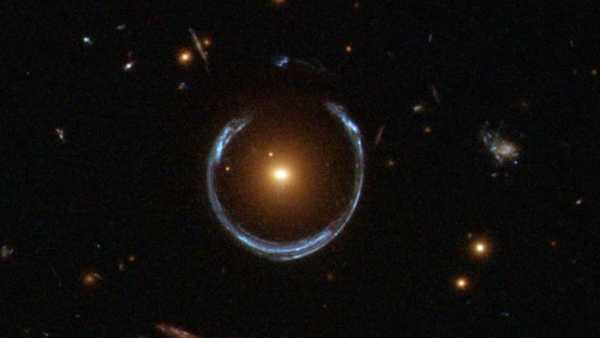
The colossal black hole, with a mass 36 billion times greater than our Sun, is one of the largest ever observed in the Universe.
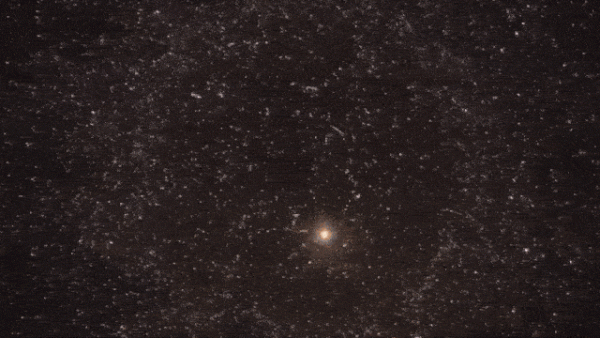
Watch the rarest type of black hole in the Universe swallow a star in a stunning animation.
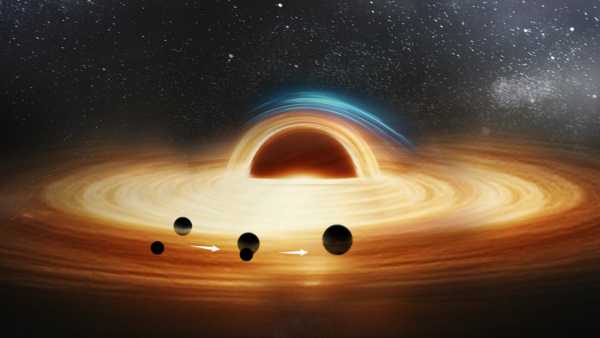
Scientists believe they have discovered the first known triple black hole system in the Universe and then watched it die.
Latest news about black holes

History of Science: Gravitational Waves Discovered Proving Einstein Right – September 14, 2015
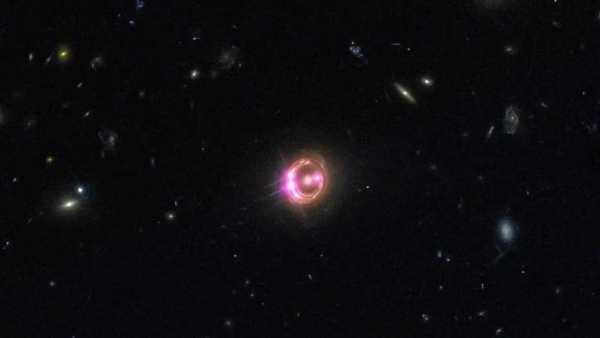
Astronomers use rare 'double zoom' to see black hole's corona in unprecedented detail
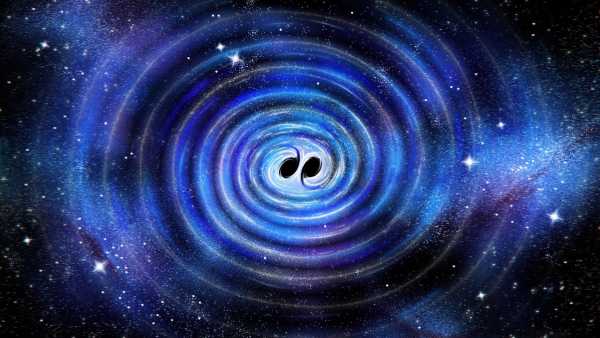
Confirmed! Merging black holes confirms Stephen Hawking's theory.
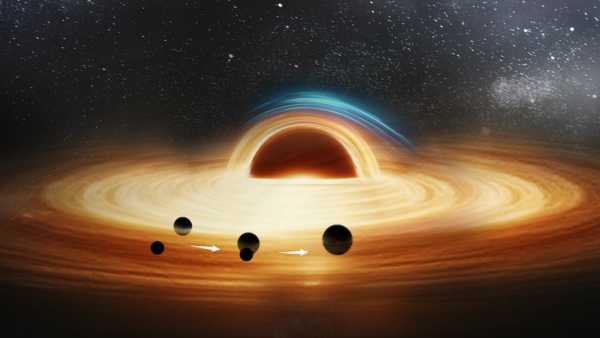
Scientists believe they have discovered the first known triple black hole system in the Universe and then watched it die.

X-ray telescope finds something unexpected in black hole's 'heartbeat'
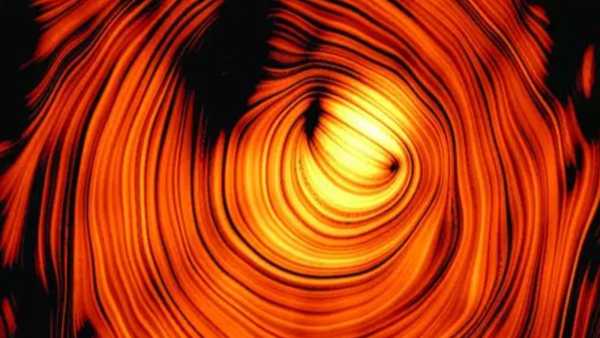
A giant cosmic 'Eye of Sauron' has been captured pointing straight at us in a stunning 15-year-old time-lapse image.
Latest news
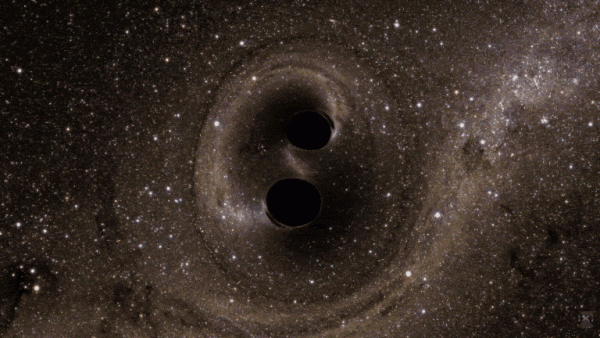
Scientists have measured for the first time the 'natal kick' that sent a tiny black hole into space.
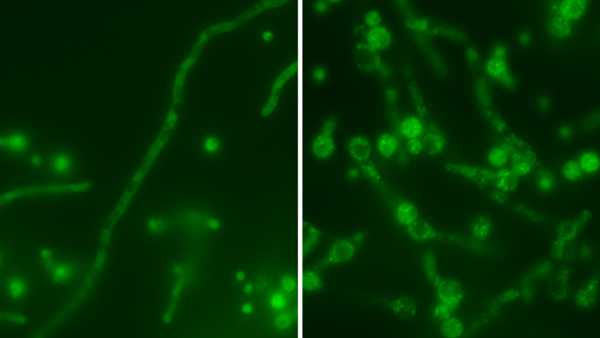
The 'Russian Doll' virus is hidden inside a deadly fungus, making it even more dangerous to humans
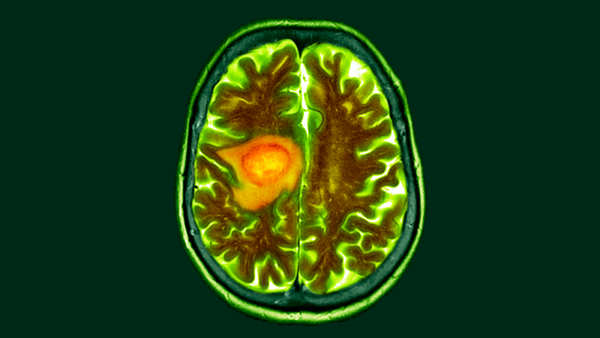
Early research suggests changing diet could make brain cancer treatment easier
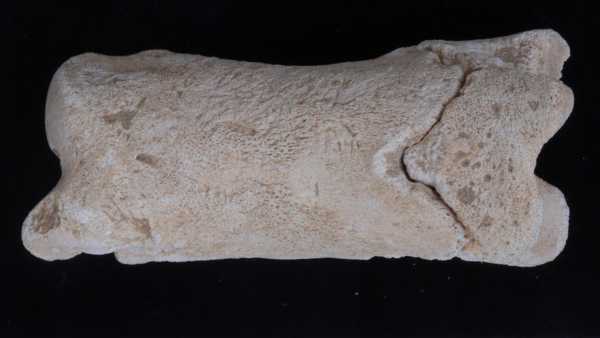
A 3,300-year-old ancient Egyptian whistle was likely used by a policeman tasked with guarding the 'sacred site' of a royal tomb.

Have you gotten the COVID vaccine this year?
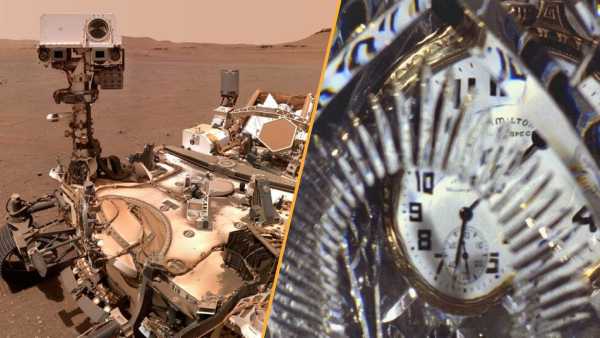
Science News This Week: NASA Finds Compelling Evidence of Life on Mars, Scientists Invent Visible Time Crystals
LATEST ARTICLES
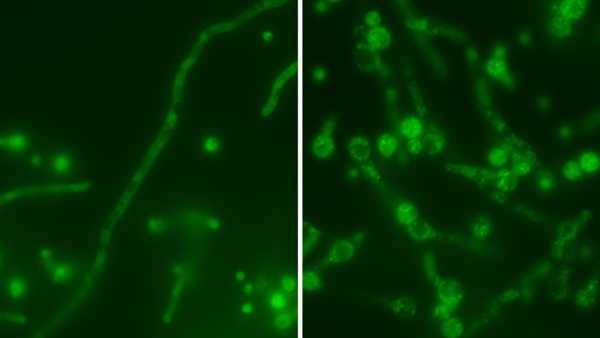
1. The “Russian Matryoshka” virus hides inside a deadly fungus, making it even more dangerous to humans.
Live Science is part of Future US Inc., an international media group and leading digital publisher. Visit our corporate website.
- About Us
- Contact Future experts
- Terms and Conditions
- Privacy Policy
- Cookie Policy
- Accessibility Statement
- Advertise with us
- Web Notifications
- Career
- Editorial Standards
- How to present history to us
© Future US, Inc. Full 7th Floor, 130 West 42nd Street, New York, NY 10036.
var dfp_config = { “site_platform”: “vanilla”, “keywords”: “type-news-trending,serversidehawk,videoarticle,van-enable-adviser-
Sourse: www.livescience.com



